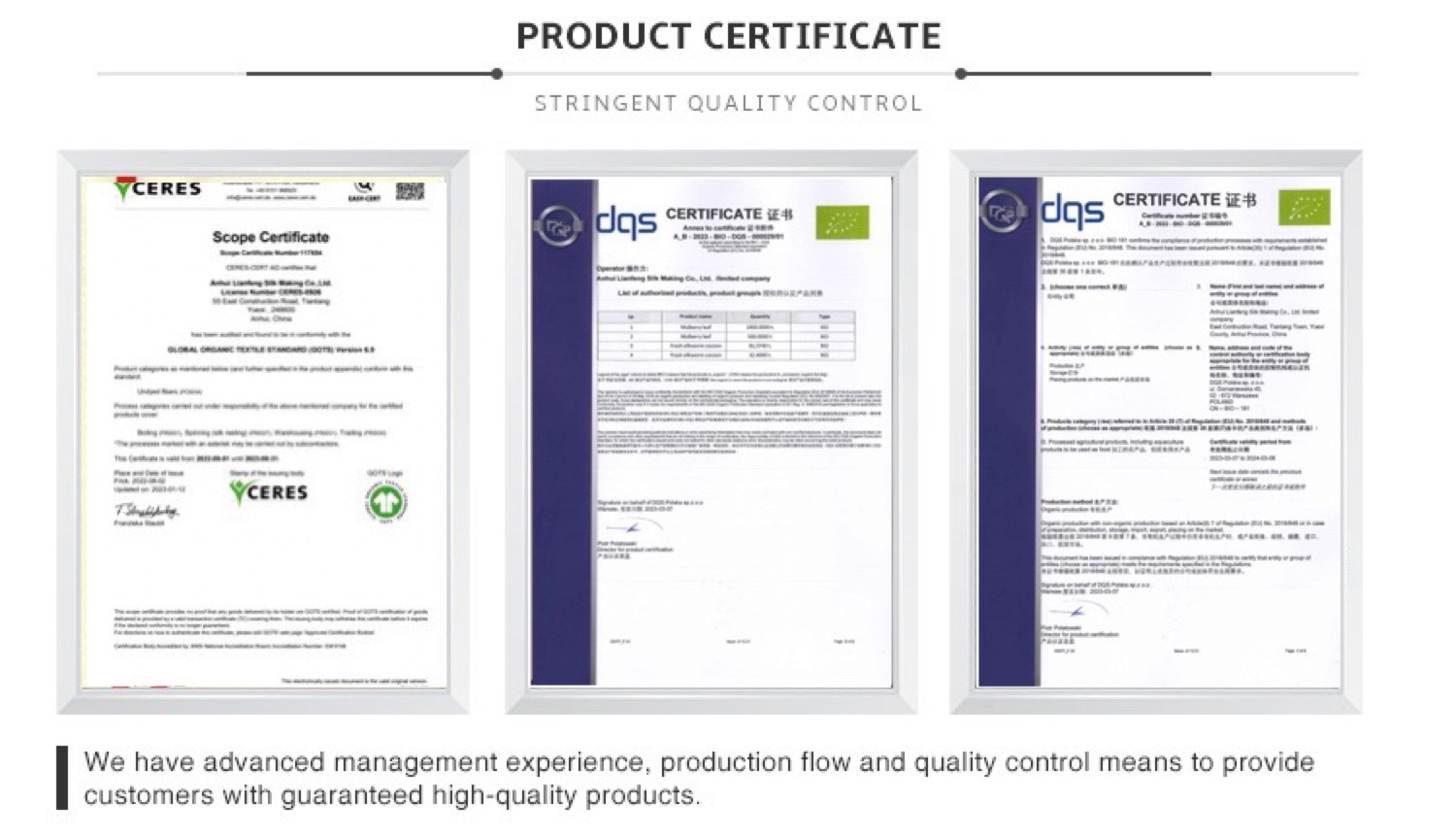Title: Silk Identification: A Guide to Quality and Authenticity
This guide to silk identification is designed to help you understand the qualities and authenticity of silk fabrics. Silk, one of the most luxurious and sought-after natural fibers, is often imitated or blended with other materials to create inferior products. Therefore, it is essential to learn how to identify real silk to ensure you are getting the best quality and value for your money.Real silk has a unique texture and feel that can be difficult to describe, but it is often described as being both smooth and slightly rough at the same time. The thread count, or the number of threads per square inch, is also a good indicator of quality. Higher thread counts often mean a more dense, better-quality fabric.Another key aspect of silk identification is to look for any signs of luster or shine. Real silk will often have a natural luster that makes it appear more expensive and luxurious. Blended or synthetic fabrics, on the other hand, may have a dull or artificial appearance.Finally, the best way to ensure authenticity is to look for certification or labels on the fabric. Many high-quality silk fabrics will be labeled with the country of origin, the type of silk used, and any other relevant information. This can help you feel more confident in your purchase and ensure you are getting the real deal.In conclusion, learning how to identify real silk can be a valuable skill. With a little practice and attention to detail, you can easily distinguish between high-quality silk and inferior imitations.
Silk, the "Queen of Textiles," has captivated humans for thousands of years with its unique combination of beauty, durability, and functionality. From ancient China to modern fashion houses, silk has always been a symbol of luxury and status. However, with the rise of synthetic materials and the increasing demand for silk products, the market has become flooded with fake silk. This guide will help you to identify quality and authentic silk to ensure you are investing in the real thing.
1、The Fiber: Silk is made from the fibers of certain insects, most commonly the silkworm. These fibers are naturally protein-based and have a unique, smooth texture. When you touch silk, it should feel soft and silky, unlike any other fiber.
2、The Color: Silk comes in a variety of natural colors, from white to brown to green. The color of silk depends on the type of insect that produced it and the environment in which it was grown. Artificial silk, on the other hand, is often dyed a single, uniform color.

3、The Luster: Silk has a unique luster that is difficult to replicate in synthetic materials. When held up to the light, silk will shimmer and reflect light in a way that synthetic fibers cannot.
4、The Strength: Silk is one of the strongest natural fibers, with a tensile strength that is comparable to steel. It can withstand high temperatures and pressures without losing its shape or integrity.
5、The Source: Silk has a specific origin story that dates back to ancient China. The silkworm, which produces the silk fiber, is a specific type of moth that has been domesticated for thousands of years. The silk industry has a rich history that includes many different cultures and countries.
6、The Process: Silk production is a labor-intensive process that requires patience and skill. The silkworm must be carefully tended to and the silk fibers must be processed through a series of steps to create a usable textile. This process adds value and authenticity to the final product.

7、The Cost: Silk is not cheap, but it is also not as expensive as it once was due to advances in technology and increased production efficiency. However, even with these advancements, the cost of silk is still significantly higher than synthetic materials like polyester or nylon. This is because of its scarcity and the time-consuming process of making it.
In conclusion, identifying quality and authentic silk can be challenging but not impossible. By understanding the fiber itself, its color, luster, strength, source, process, and cost you can make an informed decision when purchasing silk products. Remember that while price is often an indicator of quality in general, this is not always true for silk; some high-quality silks may cost less if they are produced in large quantities or if the manufacturer has negotiated good deals with suppliers of raw silk fibers..
Articles related to the knowledge points of this article:
Learning How to Tie a Tie: A Comprehensive Guide for the Modern Man
How to Tie a Tie: A Comprehensive Guide for Every Occasion
Title: Understanding the Perfect Position of Mens Tie Clips



